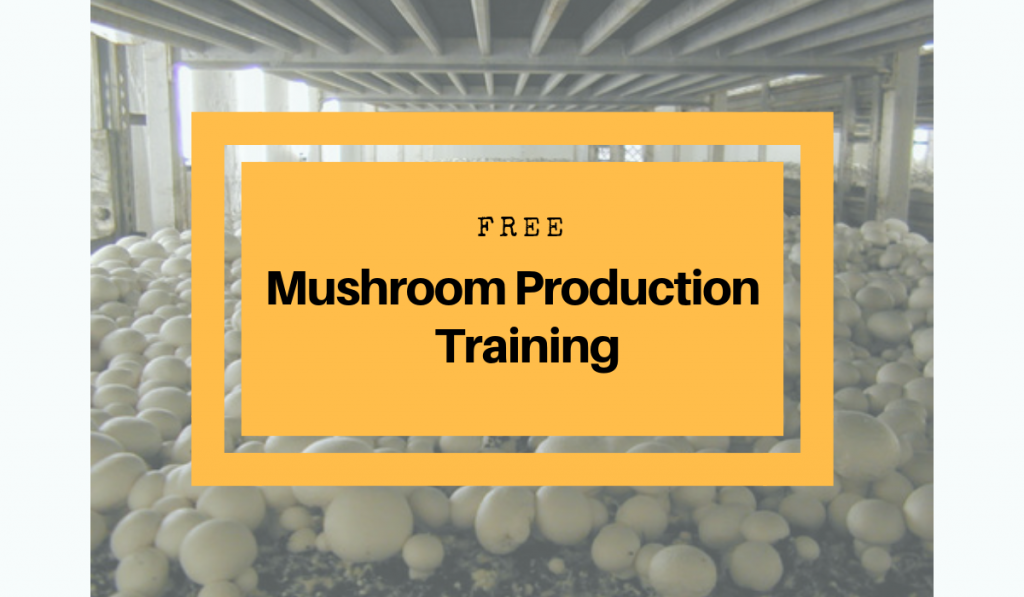The mushroom industry in the Philippines has been suffering from a downfall since 1995. Currently, most of the mushroom that is consumed in the Philippines is imported from China, Malaysia, Korea, Taiwan, and Japan.
Despite the decline in the mushroom industry in the 1990s, mushroom production is actually a very economical option. The low production cost, the easily available agro wastes, etc, can all contribute towards the growth of mushroom production in the country.

How many types of mushrooms are grown in the Philippines?
Ten different types of mushrooms are grown in the Philippines, that are:
- Paddy straw mushroom
- Oyster mushroom
- Shiitake mushroom
- Button mushroom
- Ear fungi mushroom
- Milky mushroom
- Yellowish oyster mushroom
- Reishi mushroom
- Lion`s mane mushroom
- King tuber oyster mushroom.
What is the eligibility to apply for a mushroom production course?
There is no specific eligibility required to apply for a course. Anybody with a keen interest in agriculture and mushroom production can attend a course in mushroom production, processing and cultivation.
What are the benefits of mushroom production in the Philippines?
The trend of mushroom production decreased considerably between 1995 and 2009. This was also because of increasing rice production in the country. However, with the recent change in health habits people have shifted their taste buds from rice to mushrooms again. Mushrooms are a very healthy choice of food and the current health awareness has increased their demand once again.
The mushroom production is slowly picking up in the country again, which makes it a viable earning opportunity.
How much can you earn from mushroom production in the Philippines?
On an average, you can earn up to P150 to P200 gross income per kilogram. Mushroom production is a great way to enhance the rural economy.
Even though, the Philippines is a great geography for the production of mushrooms, 90% of the country’s mushroom consumption is met by importing from other countries.
However, people are slowly realizing the nutritional value of mushrooms and consuming more and more of it, which has created a higher demand for it.
How much does it cost to study mushroom production in the Philippines?
There are several ways to learn the art of mushroom production in the country. The government is coming up with many one-day and two-day seminars that are organized free of cost to encourage people to grow mushrooms. For example:
- The Department of Agriculture offers free seminars on mushroom production and processing from time to time. The last one was conducted in February this year.
- The Agricultural Training Institute also offers many free seminars on the production and processing of mushrooms. The curriculum includes bagging of substrates, inoculation, mushroom fruiting bags, and, sterilization.
- The Bureau of Plant Industry has also released the following schedule for mushroom production training:
19-20 February 2019
23-24 April 2019
18-19 June 2019
20 -21 August 2019
22- 23 October 2019
The seminar can accommodate up to one person per family only.
There are also some paid seminars that you can attend. For example:
- The JMP offers a Mushroom Production Seminar for Apart from the basic training, the seminar also includes a free mushroom starting kit of fruiting bags, inoculated bags, mother spawn, and an instructional guide.